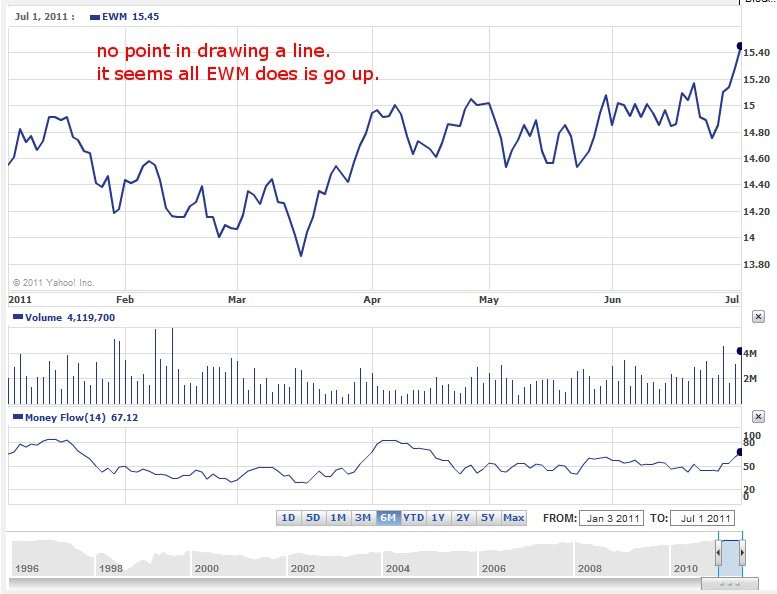Why ETFs will look even better this summer
Post on: 16 Март, 2015 No Comment

Canadian investors this summer may be surprised by what they see on their account statements as a result of the implementation of CRM2, or Client Relationship Model Phase 2.
As at July 15, clients will be informed upfront about the cost side of their intended investments, which will provide more clarity around advisor compensation and costs. This will, in time, be followed by improved performance reporting.
The expectations surrounding CRM2 vary widely.
Some industry watchers expect virtually no impact. Investors will have more information, but it will be duly ignored and the status quo of inertia will be maintained. Let’s hope that isn’t how the broad investing public thinks.
At the other end of the spectrum, some fear that clients will finally come to understand the performance they are getting relative to the costs, so the bliss of ignorance will be gone forever.
There are five reasons exchange-traded funds are important as investors come to realize this performance/cost relationship.
Costs. ETFs are among if not the most cost-effective investment solutions on offer. That has been the case for years and years, but the ETF industry hasn’t been plagued by inertia.
Industry leader iShares recently took the axe to several of their ETFs, labelling them core,” providing investors with the ability to build portfolios structured around these funds at incredibly low costs.
As investors, we can all say thank you to both iShares and Vanguard, the undisputed low-cost leader.
Performance: A simple by-product of lower fees is that, ultimately, more dollars stay invested and more accrues to investors of any ETF, or mutual fund for that matter.
An important consequence is that over time, the hurdle rate for active managers to achieve the near-impossible feat of beating their benchmarks rises, unless they, too, lower their costs.
Risk: The flipside of the performance or return coin, risk is said to be proportionately linked to potential returns. This, it would appear, isn’t necessarily true. In pursuing higher returns, investors apparently often end up overpaying and, as a result, achieve inferior performance.
Risk in finance is generally counteracted through diversification. Now, with the rise of more and more factor-based ETFs, investors also have the ability to pick funds aimed at applying some risk controls (minimum volatility; low risk weighted; low volatility) around their holdings overall.
These ETFs specifically recognize that low volatility or low beta may be a marker of reduced company risk over time, and choose their holdings/constituents accordingly.
Correlations: ETFs enable investors to roam far and wide in pursuit of additional diversification, adding non-correlated or lower-correlated exposure to their portfolios.
But there are some ETFs that play the game in such a way as to produce low/reduced correlation with the market. Adding some of these funds could prove worthwhile at times, especially if the markets in 2014 turn out to be volatile.
Transparency: One of the hallmarks of the ETF structure is being able to see right through it all, and that should provide greater comfort, particularly when combined with broader diversification tactics.
Yves Rebetez is managing director and editor of ETFInsight














